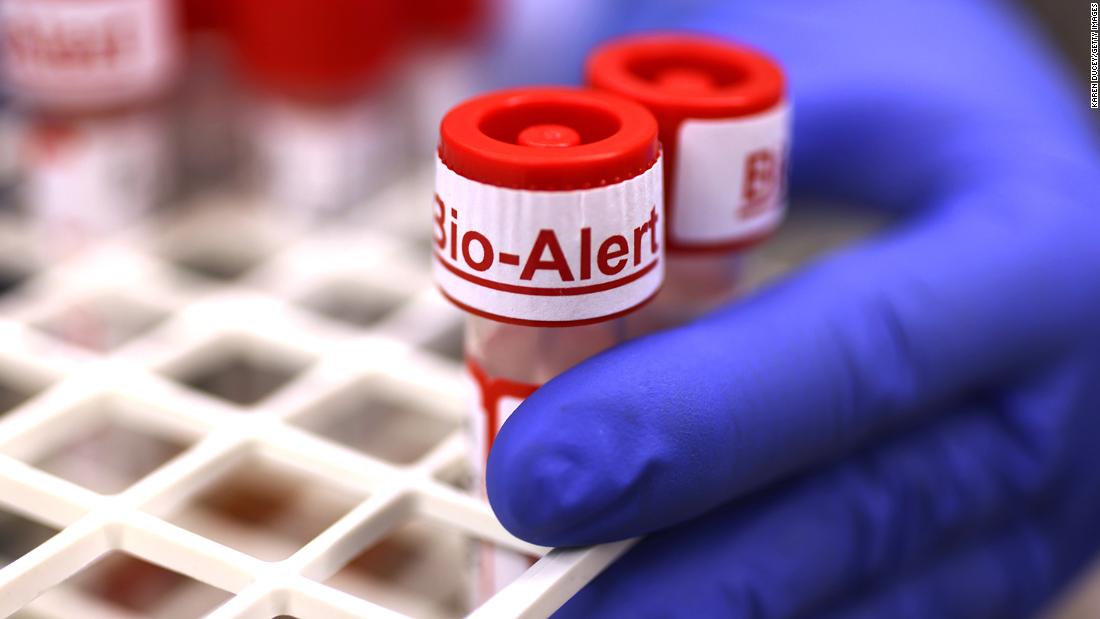[ad_1]
Consolidation in the US health-care sector has been rising over the past two decades, with mergers and acquisitions of national players occurring at multiple levels of the supply chain, including pharmacies. The pharmacy marketplace has undergone substantial changes, with vertical and horizontal consolidation, independent pharmacies facing increasing challenges, the growth of specialty pharmacies, and the exponential presence and influence of pharmacy benefit managers (PBMs). The landscape is complex, with conflicting views and theories on the impact of these market changes, and whether they are driving up cost and out-of-pocket expenses for patients with cancer.
By contrast, Walgreens has also expanded, but stayed primarily in the pharmacy market alone. The second largest pharmacy store chain in the US behind CVS Health, Walgreens has been busy eliminating its competition by consolidating other chains and related e-commerce into its brand. During the past decade, Walgreens acquired New York City-area chain Duane Reade; Drugstore.com and Beauty.com; Alliance Boots; the mid-south drug store chain operating under USA Drug, Super D Drug, May’s Drug, Med-X, and Drug Warehouse banners; and, finally, the drug store chain Rite-Aid.
However, some argue that these acquisitions might have little effect on patients with cancer. “Although retail pharmacy consolidation might create some inconveniences for patients, the consolidation of pharmacies is not expected to have much of an impact on cancer care in the community setting”, says Ann Johnson (Pharmacy Healthcare Solutions, Pittsburgh, PA, USA). “The costs that patients pay for drugs, such as their copays, are set by the health plans and PBMs, not the pharmacies themselves, so pharmacy consolidation will not lead to higher prices for consumers. Likewise, from the pharmacy’s perspective, the amount that the pharmacy is reimbursed is established in their PBM network agreements.”
Oncology drugs were traditionally administered in health-care settings, but the advent of oral anticancer agents has changed that dynamic. Although some patients do get their medications at a retail pharmacy, most use a specialty pharmacy or receive them by mail order. Additionally, a model known as medically integrated dispensing allows oncologists to dispense oral anticancer drugs at their practices in on-site pharmacies. Far more threatening to the integrity of cancer care are the other types of consolidations, where the insurer, physician, and PBM are all connected, says Nicolas Ferreyros (Community Oncology Alliance, Washington, DC, USA).
One area of concern is the vertical integration of insurers and physicians, in which the insurance companies provide their own practitioners, says Ferreyros. One example is UnitedHealthcare, the largest health insurer in the USA and also the largest single employer of doctors in the country. UnitedHealth Group’s subsidiary, OptumCare, has approximately 43 000 affiliated or employed physicians; the Optum health-care subsidiary also includes MedExpress urgent care facilities, Surgical Care Affiliates ambulatory surgery centres, HouseCalls home visits, behavioural health, care management, and Rally Health wellness and digital consumer engagement. “They can control primary care referrals and they can control prescriptions and being a fully integrated entity, keep everything in their network”, says Ferreyros. “Decisions are not always made in best interest of patients or the best value.”
Ferreyros explained that PBMs are more likely to push for branded drugs, as opposed to generics or biosimilars, since they might have an incentive to favour high-priced drugs. Since PBMs often receive rebates that are calculated as a percentage of the manufacturer’s list price, they receive a larger rebate for the higher cost drugs, as opposed to drugs that provide better value at a lower cost. “Patients with high deductibles or copays based on a drug’s list price can end up paying more out of pocket”, Ferreyros said.
Consolidation of PBMs is even more concerning as it has left a small number of corporations with an unwieldy level of control and influence in the health-care system. Although dozens of PBMs exist, the three largest ones by market share are all vertically integrated with a large downstream insurer: Caremark with CVS/Aetna, Express Scripts with Cigna, and OptumRx with United. The largest PBM not owned by a single health insurer is Prime Therapeutics, which is owned by 14 Blue Cross and Blue Shield health plans.
“This is not good for any patients”, says Matthew Seiler (National Community Pharmacists Association, Alexandria, VA, USA). “PBMs integrate upstream with the insurer and downstream with pharma, and this creates an issue of access.”
Seiler notes that patients might be unable to use the pharmacy of their choice because it is “not in network,” and instead are steered to the integrated pharmacies. “They might have to use mail order instead, for example”, said Seiler. “This creates delays in getting the medication, prices might be higher, and so on. Patients are not given a choice and there is no transparency in the cost.”
“Although many people have never heard of pharmacy benefit managers, these powerful middlemen have enormous influence over the US prescription drug system”, said Lina M Khan (FTC, Washington, DC, USA) in a statement. “This study will shine a light on these companies’ practices and their impact on pharmacies, payers, doctors, and patients.”
Community Oncology Alliance notes that the two major issues with the loss of community practices are access and cost. When rural clinics are closed, for example, this creates an access problem, as patients might have to travel much further for care. This access problem can cause particular hardship if patients have transport or mobility challenges.
Increased PBM and pharmacy consolidation, along with the steady disappearance of independent oncology practices, might be placing more barriers to accessible and affordable cancer care. Health-care mergers and acquisitions are continuing at a steady pace, but might negatively effect cost, quality, and accessibility of cancer care.

Article Info
Publication History
Published: September 23, 2022
Identification
Copyright
© 2022 Elsevier Ltd. All rights reserved.
ScienceDirect
[ad_2]
Source link




